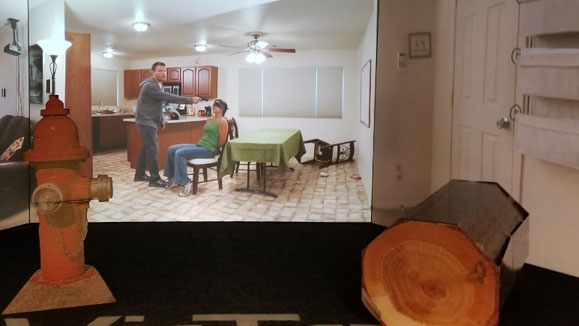
It is easy to get stuck in a rut when it comes to training. After an instructor perfects their method of teaching, they will often follow that same pattern for months, or even years. The mental fixation on “this is how we always do it” becomes a limitation, but one that is self-inflicted.
Do note that this isn’t just in regards to classroom training. The same frame of thinking is just as capable of appearing in simulation training. Often this appears as a five-step process: trainees are brought into the training room, organized by groups and placed into the simulator, confronted with an unknown scenario, complete the scenario, then debriefed by the instructor. This process is then repeated over and over for years, with the only changes being different scenarios and different officers.
VirTra encourages breaking free from this mold and maximizing the training simulator with added realism and more-complete environments, which is made possible by adding real-world 3D space and 4D aspects.
Adding 3D Elements
One of the easiest methods of adding 3D elements is to add a 3D object. It’s just that simple. Instructors can add props to the simulator—such as tables, chairs, plywood walls or fake trees—depending on the scenario and what lesson the instructor wants the trainees to learn. The key is to make the environment as realistic as possible, so all props should resemble the simulated environment. Fake trees do well in park and nature scenarios, but not as much for home-based scenarios.
Adding 4D Elements
As for the fourth-dimension, it encompasses all of the 3D aspects, but now includes time. In the real world, civilians and subjects move around, which is shown by characters moving across VirTra’s screens. To help mimic the passage of time, instructors can move the 3D objects inside the simulator to different points at different times. Training in this manner helps trainees learn to reposition, use cover and concealment properly and adjust fields of fire for better hit probability.
Adding 3D and 4D elements is a quick and easy way for instructors to maximize training while breaking old training patterns. Now, trainees have a better understanding of how to react in similar circumstances in the field because they are better prepared. If you are interested in a training simulator or have questions about incorporating props into the simulator, please contact a VirTra specialist.
Recently Published
Join Our Newsletter







